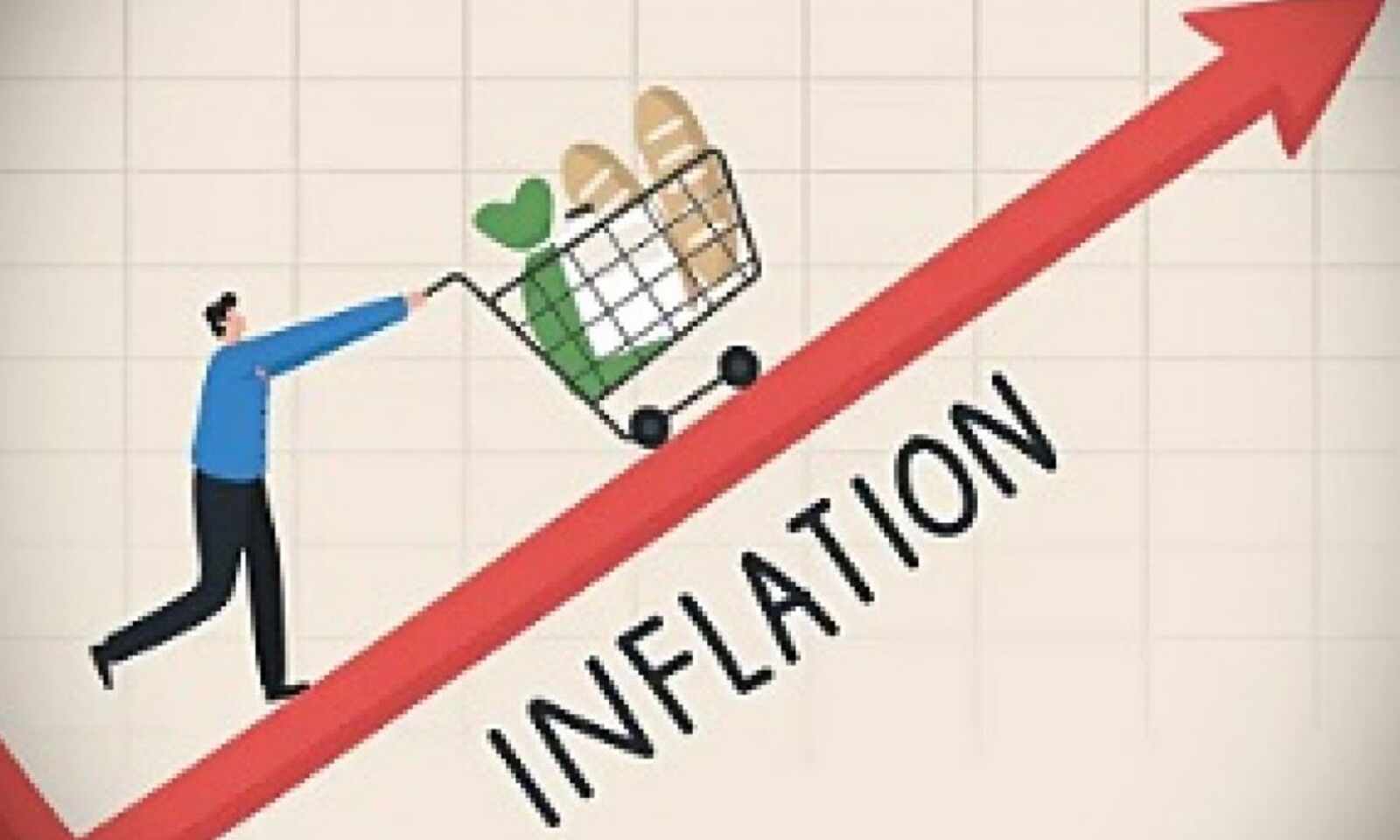In July, retail inflation in India experienced a significant upswing, reaching 7.44%, marking the highest rate since April 2022. This surge contrasts with the preceding four-month period of inflation below the central bank’s 6% tolerance threshold. The increase is largely attributed to an 11.5% spike in food prices, making it the first time since September 2022 that the price rise has crossed the 7% mark.
Food Price Surge Drives Overall Inflation:
The primary driver of the July inflation surge was an impressive 11.5% increase in food prices, causing a ripple effect on the overall inflation rate. Notably, vegetable prices surged by a staggering 37.3%, while cereals and pulses became over 13% more expensive. Consequently, urban consumers saw their food bills rise by over 12.3%, while rural consumers experienced an 11% increase in food inflation. On the whole, rural residents faced a slightly higher overall inflation rate of 7.63% for the same period.
Consumer Price Index and Food Price Dynamics:
The Consumer Price Index (CPI) rose by 2.9% from the previous month, reflecting the swift inflationary pressures. The month-on-month increase in food prices was notable as well, with a 6.7% upsurge. These figures surpassed the expectations of most economists.
Implications for the Economy:
The sudden surge in inflation poses challenges for the central bank’s projections and policy decisions. The 7% inflation rate for two consecutive months raises questions about the possibility of triggering action from the Reserve Bank of India (RBI). Bank of Baroda’s chief economist, Madan Sabnavis, points out that while the probability of an interest rate hike remains low, it cannot be ruled out entirely.
Future Outlook and Monetary Policy:
While a slight reduction in tomato prices might offer some relief in August, other food items such as pulses, spices, milk, and cereals continue to be sources of concern. Additionally, the uncertain monsoon outlook for the coming month and the progress of crop sowing further contribute to the inflation narrative.
Interest rate adjustments are now under scrutiny, with rating agency ICRA expecting the earliest rate cut around the second quarter of 2024-25. This projection includes a “fairly shallow” rate cut cycle, anticipated to be around 50-75 basis points from the current levels. As one basis point equals 0.01%, such adjustments could have a measured impact on the broader economy.
Find More News on Economy Here




 Exercise Desert Cyclone II Begins: India...
Exercise Desert Cyclone II Begins: India...
 Jharkhand Clears Landmark Law for Gig Wo...
Jharkhand Clears Landmark Law for Gig Wo...
 Which Fish is known as the King of India...
Which Fish is known as the King of India...







